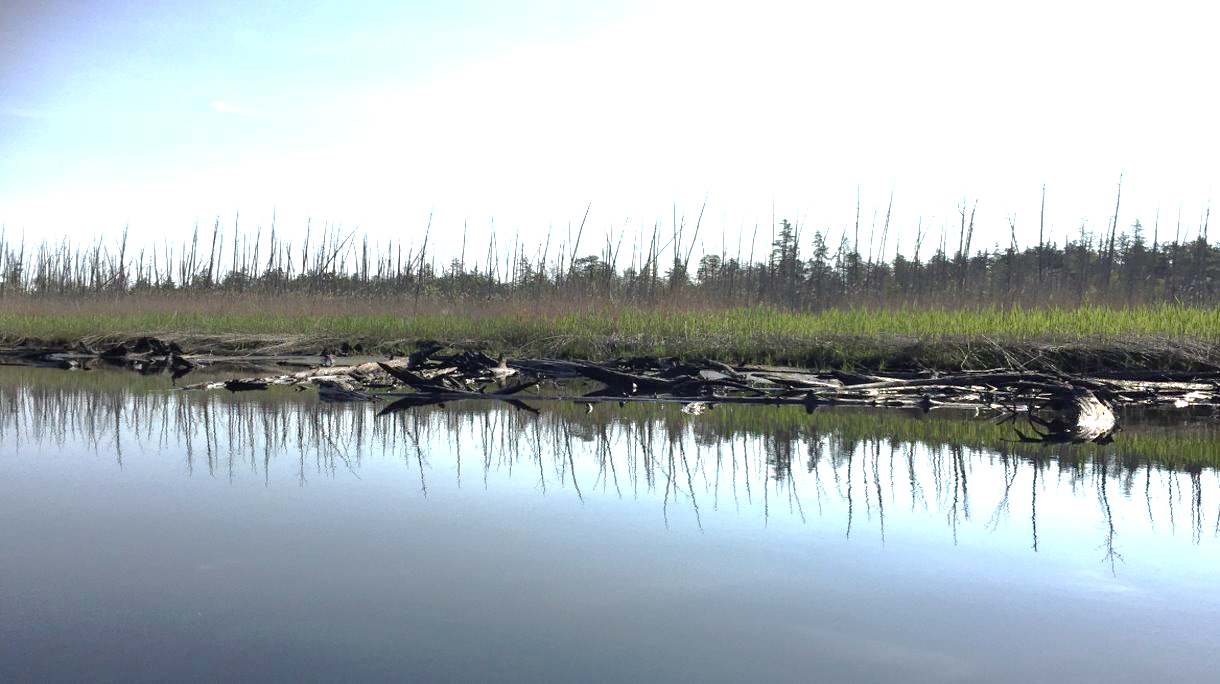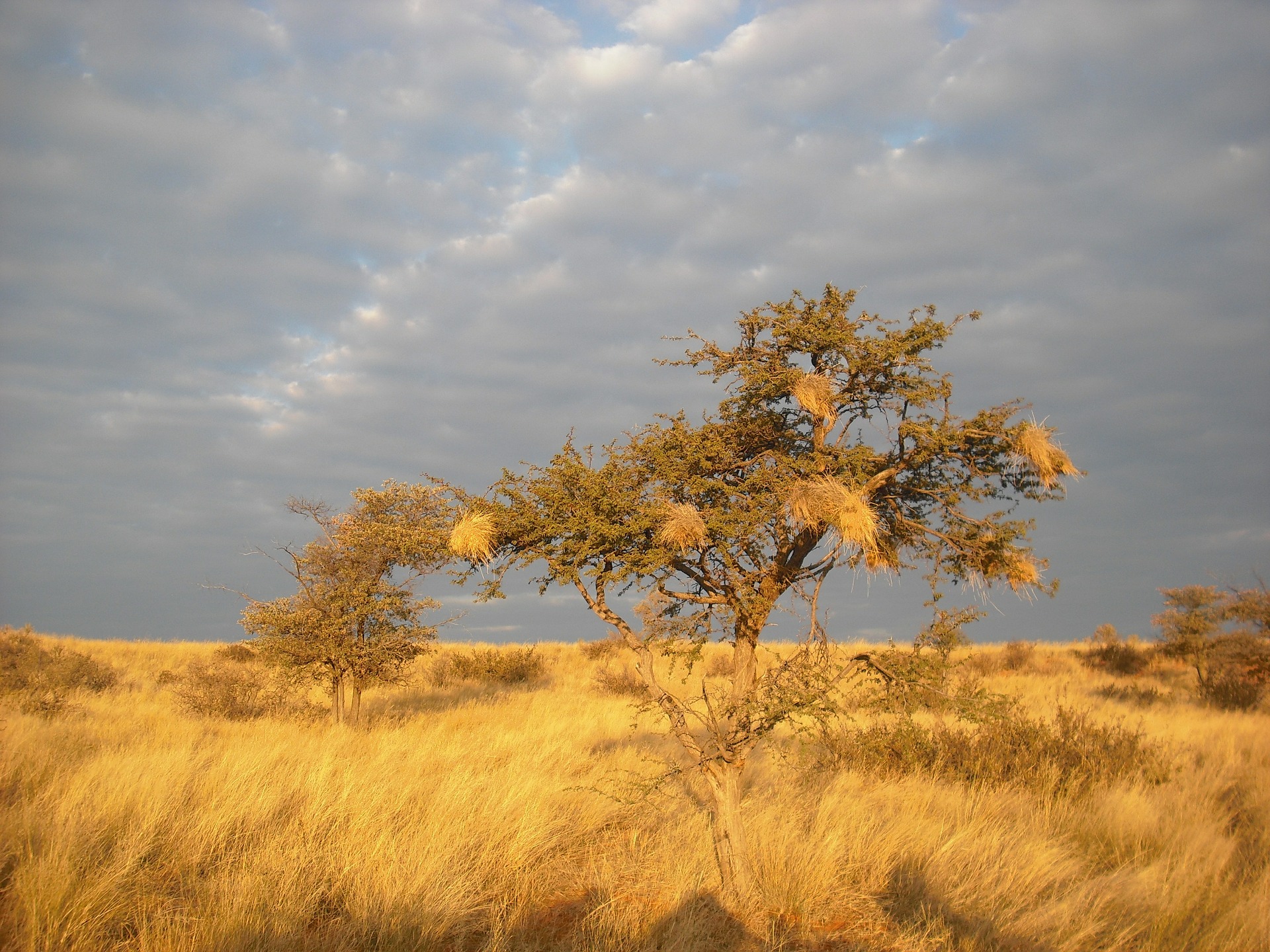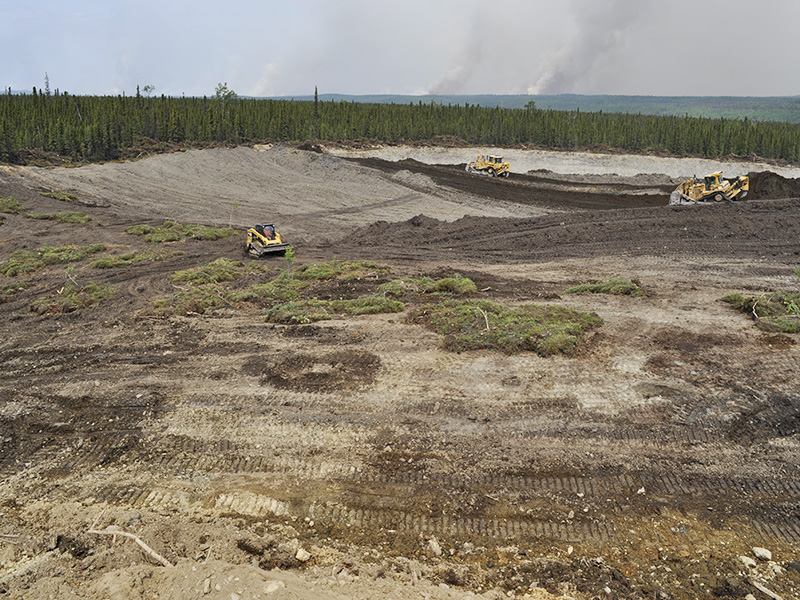A cutting-edge study revolutionizes coastal wetland mapping by integrating unmanned aerial systems with light detection and ranging (LiDAR) and multispectral sensors. This innovative approach provides detailed elevation data and vegetation analysis, enabling highly accurate classifications of diverse wetland types. The research advances conservation by offering a scalable, efficient, and cost-effective method that is instrumental in climate change mitigation strategies and informs policy-making for coastal resilience.
Tag: Vegetation
Leading-Edge Model Predicts Impact of River Plants on Flood Level
The research team at the Korea Institute of Civil Engineering and Building Technology (KICT) has developed a technology for quantifying the effect of river vegetation patches on flood level changes to aid in better decision-making of river management for balancing ecological benefits and flood mitigation.
University Researchers Map Out Vegetation in the Klamath Mountains
This data will have many applications, including understanding how vegetation regenerates after fires, and how plant communities are being affected by a drying and warming climate.
New Technique Maps Large-scale Impacts of Fire-induced Permafrost Thaw in Alaska
For the first time, researchers have developed a machine learning-based ensemble approach to quantify fire-induced thaw settlement across the entire Tanana Flats in Alaska, which encompasses more than 3 million acres. They linked airborne repeat lidar data to time-series Landsat products (satellite images) to delineate thaw settlement patterns across six large fires that have occurred since 2000. The six fires resulted in a loss of nearly 99,000 acres of evergreen forest from 2000 to 2014 among nearly 155,000 acres of fire-influenced forests with varying degrees of burn severity. This novel approach helped to explain about 65 percent of the variance in lidar-detected elevation change.
Arctic shrub expansion limited by seed dispersal and wildfire
Scientists investigating the growth of arctic vegetation have found that seed dispersal and fire will slow its land expansion in the long term, despite more favorable conditions from a warming planet.
Changes in vegetation shaped global temperatures over last 10,000 years
Follow the pollen. Warmer temperatures brought plants — and then came even warmer temperatures, according to new model simulations published April 15 in Science Advances.
Biodiversity ‘Hotspots’ Imperiled along California’s Streams
A study of woodland ecosystems that provide habitat for rare and endangered species along streams and rivers throughout California reveals that some of these ecologically important areas are inadvertently benefitting from water that humans are diverting for their own needs. Though it seems a short-term boon to these ecosystems, the artificial supply creates an unintended dependence on its bounty, threatens the long-term survival of natural communities and spotlights the need for changes in the way water is managed across the state.

“Ghost Forests” Expanding Along Northeast U.S. Coast
Why are “ghost forests” filled with dead trees expanding along the mid-Atlantic and southern New England coast? Higher groundwater levels linked to sea-level rise and increased flooding from storm surges and very high tides are likely the most important factors, according to a Rutgers study on the impacts of climate change that suggests how to enhance land-use planning.

Greenland landscape history preserved under 1.4 kilometers of ice
Greenland wasn’t always covered in ice. In fact, within the last 1.1 million years ,Greenland had thriving vegetation and ecosystems. That is the conclusion of an international group of researchers including a scientist from Lawrence Livermore National Laboratory (LLNL) that analyzed sediment at the base of the Camp Century ice core (1.4 kilometers deep) collected in 1966. The research appears in the Proceedings of the National Academy of Sciences.
Living near Trees May Prevent Vascular Damage from Pollution
Living near an abundance of green vegetation can offset the negative effects of air pollution on blood vessel health. The first-of-its-kind study is published ahead of print in the American Journal of Physiology-Heart and Circulatory Physiology.

Light a Critical Factor in Limiting Carbon Uptake, Even in the North
A new Columbia Engineering study demonstrates that even when temperatures warm and cold stress is limited, light is still a major factor in limiting carbon uptake of northern high latitudes. The team analyzed satellite observations, field measurements, and model simulations and showed that there is a prevalent radiation limitation on carbon uptake in northern ecosystems, especially in autumn.
Towards a new generation of vegetation models
A new study explored the most important organizing principles that control vegetation behavior and how they can be used to improve vegetation models.

Precipitation Will Be Essential for Plants to Counteract Global Warming
A new Columbia Engineering study shows that increased water stress—higher frequency of drought due to higher temperatures, is going to constrain the phenological cycle: in effect, by shutting down photosynthesis, it will generate a lower carbon uptake at the end of the season, thus contributing to increased global warming.

What happened to Alaska’s soils during the 2019 fires?
Protecting the permafrost after a record fire season